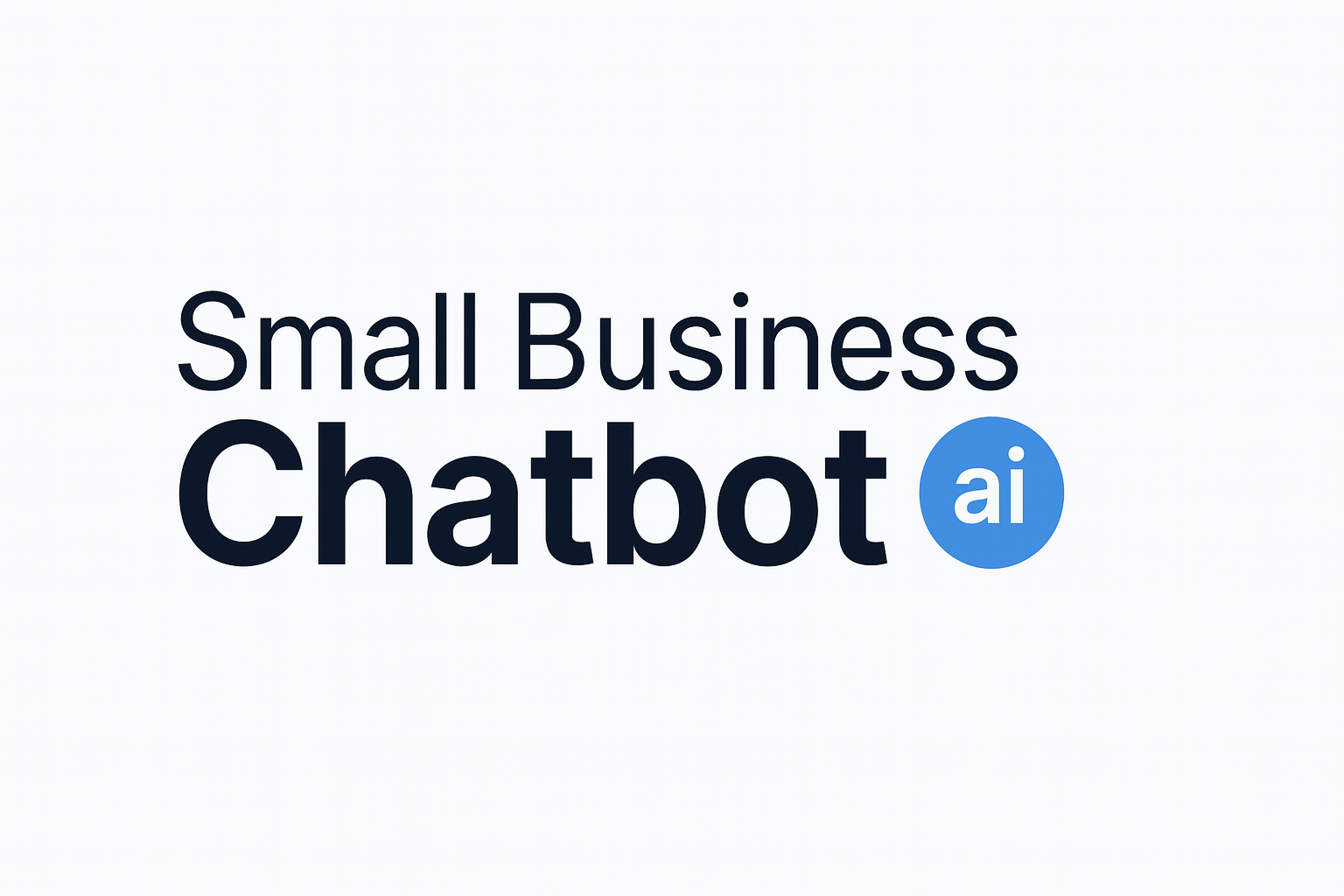If you’re juggling email, texts, website chats, voicemails, and social DMs, it’s easy to miss messages and lose leads. Small business communication software brings every conversation into one place, adds helpful automation, and makes your responses fast, consistent, and on-brand.
Why client communication feels chaotic now
Most small teams weren’t built for an always-on world. Messages arrive across different apps, staff are interrupted constantly, and customers expect quick, consistent answers. The result: context switching, rework, and missed opportunities.
- Knowledge workers now receive ~117 emails and ~153 chat messages per weekday, and are interrupted about every 2 minutes (roughly 275 times per day). Evening meetings are up 16% year over year (Microsoft Work Trend Index, 2025). See details in Microsoft’s Work Trend Index special report (2025).
- 69% of consumers expect consistent interactions across departments and nearly 60% prefer fewer touchpoints to get things done (Salesforce, 2024). Source: Salesforce AI Connected Customer research (2024).
Practically speaking, the fix is to centralize conversations and automate the high-volume, repeatable parts of your communication, while keeping a clean escape hatch to a human when needed.
What is small business communication software?
It’s an all-in-one system that unifies client conversations across channels (website chat, voice, SMS, email, and social DMs), adds automation (like instant answers, lead capture, and reminders), and integrates with your tools (CRM, calendar, payments). The goal is simple: reply faster with better context and less manual work.
Many modern platforms include AI assistants that understand natural language, answer FAQs, qualify leads, and book appointments 24/7. For example, Small Business Chatbot is built for SMBs and can greet visitors, capture details, and send complete transcripts to your inbox for follow-up.
Key features to look for
Unified inbox
See chat, email, SMS, and social messages in one queue so nothing slips through the cracks. A unified view makes handoffs, prioritization, and reporting easier.
AI chatbot (and voice agent)
Handle FAQs, collect lead details, route urgent issues, and even answer the phone after hours. Good systems escalate gracefully to a human when questions get complex.
Automations
Saved replies, auto-tagging, routing rules, and drip follow-ups reduce repetitive work and keep response times low.
Scheduling & reminders
Offer self-serve booking, send confirmations, and nudge clients to attend or reschedule without manual back-and-forth.
Integrations
Sync new contacts, deals, and transcripts to your CRM and calendar automatically. Browse popular options on our integrations page.
Analytics & SLAs
Track first response time, resolution time, CSAT, and lead capture rates. Set internal service targets and monitor them over time.
Step-by-step: How to streamline client interactions
- List your channels and volume. Where do inquiries come from now (chat, email, phone, Instagram, SMS)? Note peak hours and the top 10 questions.
- Set targets. Examples: website chat first response under 30 seconds; email replies under 6 business hours; 100% of new leads acknowledged within 2 minutes.
- Centralize into a unified inbox. Turn off scattered notifications and work from one queue.
- Publish instant answers. Load your FAQs and policies so your AI assistant can resolve common questions 24/7.
- Automate triage. Route billing vs. sales vs. support; highlight VIPs; set alerts for urgent keywords (e.g., “cancel”, “urgent”).
- Integrate your systems. Connect CRM and calendar so contact records and bookings update themselves. See Small Business Chatbot integrations.
- Create a human handoff path. Make escalation simple (e.g., “Talk to a person”) and keep the transcript so nobody repeats themselves.
- Review weekly. Check response times, unresolved topics, and conversation ratings. Improve your library and rules accordingly.
Metrics that matter (and simple ROI math)
Focus on a handful of KPIs you can influence quickly:
- First response time (FRT): How long until a client hears back? Faster FRT boosts satisfaction and conversion.
- Speed to lead: Responding quickly multiplies qualification odds. Companies that contacted leads within an hour were far more likely to qualify them (Harvard Business Review). See HBR’s “The Short Life of Online Sales Leads”.
- Resolution time: How long to fully solve the issue or book the appointment?
- Self-serve rate: Percentage of conversations resolved by your knowledge + AI without human help.
- CSAT/Reviews: Short thumbs-up/down or 1–5 ratings after chat; watch for keywords in comments.
Back-of-the-envelope ROI: If your site gets 1,000 visits/month and your AI assistant converts just 2% more visitors into qualified leads (20 leads), and your close rate is 25% at a $400 average sale, that’s 5 extra sales or $2,000/month in added revenue—not counting time saved.
Implementation checklist
How Small Business Chatbot fits in
Small Business Chatbot was designed for busy SMBs that need fast, reliable replies without hiring a large team. Highlights:
- 24/7 AI assistant: Answers FAQs, captures leads, and books time while you’re with customers.
- Voice and chat: Greet callers, route calls, and keep transcripts together with web conversations so nothing gets lost.
- Seamless handoff: When a human steps in, they see full context—no repeated questions.
- Plays nicely with your stack: Connects to popular CRMs and email tools via integrations.
- Proven by customers: See real outcomes on our customer reviews page.
Frequently asked questions for small business communication software
1) What exactly does small business communication software do?
It centralizes messages from channels like chat, SMS, voice, and email; automates routine replies; and integrates with tools such as your CRM and calendar so you can respond faster with context.
2) Will an AI chatbot replace my team?
No. The best setups let AI handle repetitive questions and after-hours inquiries, while your team focuses on complex requests and relationship building. Always provide an easy path to a human.
3) How fast should we aim to respond?
For website chat, aim for seconds. For new leads, faster is better—research shows qualification odds drop the longer you wait (Harvard Business Review). See HBR’s study.
4) What about customer expectations across departments?
Customers want one smooth experience, even when different teams are involved. Consistency across touchpoints is now expected (Salesforce, 2024). Source: Salesforce research.
5) Is this only for tech companies?
Not at all. Local services, healthcare practices, home repair, coaching, and retail use these tools to capture leads, book appointments, and answer FAQs instantly—often with significant time savings (see U.S. Chamber of Commerce guidance on chatbots).
6) How do we keep the brand voice?
Use your own tone in saved replies and train your AI with your FAQs and policies. Review transcripts weekly and refine. Keep escalation clear when questions go beyond your guidelines.
7) What should I budget?
Most SMBs start small (chat + basic automations) and expand to voice, SMS, and deeper CRM workflows as ROI becomes clear. Track revenue influenced by conversations and time saved to justify upgrades.
Citations: Microsoft Work Trend Index (2025) special report on the “infinite workday” (microsoft.com); Salesforce AI Connected Customer (2024) (salesforce.com); U.S. Chamber of Commerce guidance for SMBs using chatbots (uschamber.com); speed-to-lead evidence (hbr.org).



